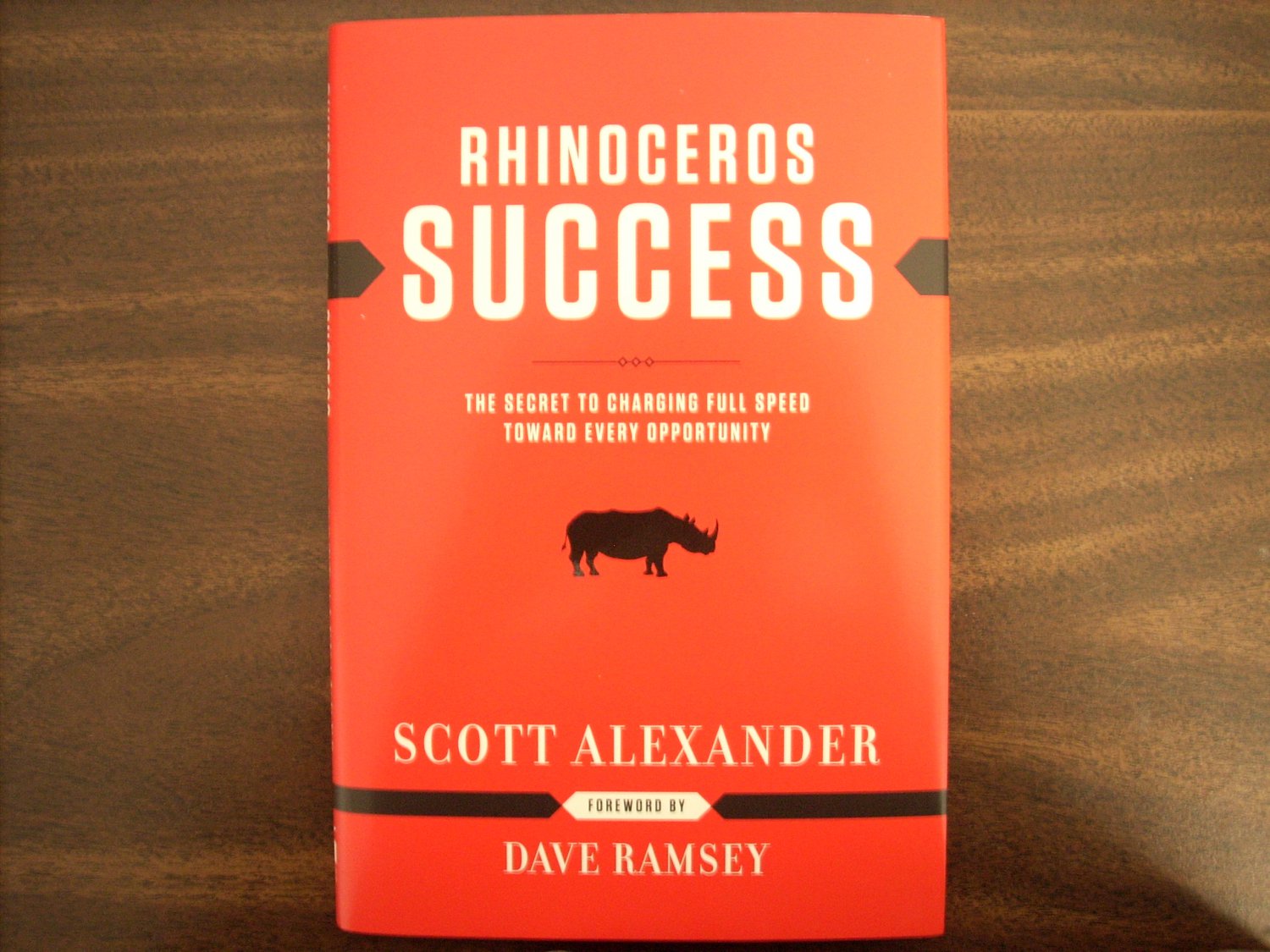
You must be like an atom bomb that is waiting to be dropped, like Niagara Falls that continues flowing… Your attitude creates your zeal, desire, and pushes you forward. If you don’t really want to be a rhinoceros, you won’t be. – Your attitude is the most important ingredient in being a rhinoceros. You have to believe yourself, no one else can put this on you or force you to. Their belief is what pushes them to charge, to have a different attitude and outlook. – Rhinoceroses have a zeal for life, they charge forward and are not easily distracted. Enthusiasm gets you out of the bed in the morning. – It is your belief that electrifies yourselves, ignites you and causes you to charge. Cows have the same opportunities, they see the same thing, and they are capable of the same, but they just don’t care or they are lazy. Cows just don’t care or believe they can, so they just don’t charge, they stay put. They have ears, eyes and feet just like you, but why don’t they care – a rhinoceros may look like a cow yet is so different. – What is it that turns a boring, lazy old cow into a rhinoceros? Why does the rhinoceros charge and what keeps them charging? What are the cows after… apparently not much. You charge your one goal and then accomplish and go for the next, you are a rhinoceros. You can be so successful because you charge only one thing at a time, not two. – A rhinoceros charges with one single focus/purpose. You are big and can take the punches, you almost enjoy the challenge because you are a rhinoceros.
#Rhinoceros success fliers skin
– Your skin is so thick as a rhinoceros, you’re not worried when torpedoes are flying your way to discourage or criticize you. – Charge, put all of your weight and all of your strength into it and charge forward. Don’t be like a lazy cow going back to the same old pasture, be like a rhinoceros and go out and charge. – Wake up with a purpose of what to do that day. These tough and well-armored beetles live for 2-3 years, though the females die soon after reproduction.– Get out of bed in the morning like a rhinoceros, not a sloth. Adult beetles eat significantly less frequently than their larvae, and certainly much less than their size may suggest.

The adults eat plant nectar, sap, and fruits. After that, the larvae pupate in some species they emerge as fully formed adults, while in some, they emerge as nymphs and undergo several further stages, called instars, to reach adulthood. These beetles have a very long larval stage, sometimes extending to more than 3 years. Life Cycleįemale rhinoceros beetles lay around 50 eggs (may differ between species). For comparison, the difference in wing size was only 2%. The horns in the beetles without the gene were 16% smaller than the horns on the beetles who could use the IGF pathway. To test this idea, the scientists disabled the gene that activated the IGF pathway in these beetles. IGFs are responsible for growth in most complex organisms, and their levels rely on nutrition. This is due to the fact that tissues in the horn are much more sensitive to insulin-like growth factors (IGFs) than elsewhere in the body. This is why the horn has evolved to be so important in mating displays. Only the males have the horns, which are used in fights between rival males and sometimes for digging underground.Īccording to a study published in the journal Science, the length of the horn is directly related to the state of nutrition experienced by the male beetle while growing up. The horn-like appendage is undoubtedly the most conspicuous physical characteristic of rhinoceros beetles and is the source of their name.

This is a warning sign if the beetle is persistently disturbed. Some rhino beetles can produce a hissing sound by rubbing their front wings against their abdomens. For this reason, they stay under logs or in the dark undergrowth to keep away from their few predators. Because of their size, most rhinoceros beetles are not good fliers, and instead, rely on camouflage to stay safe. As mentioned before, their front wings form a protective covering for their rear wings. Rhino beetles are covered in a hard sheath. These beetles are also exceptionally strong, with the Hercules beetle having been observed to lift 850 times its own body weight. Many rhinoceros beetles are more than 3-4 inches long, and can weigh up to 30-40 grams.


 0 kommentar(er)
0 kommentar(er)
